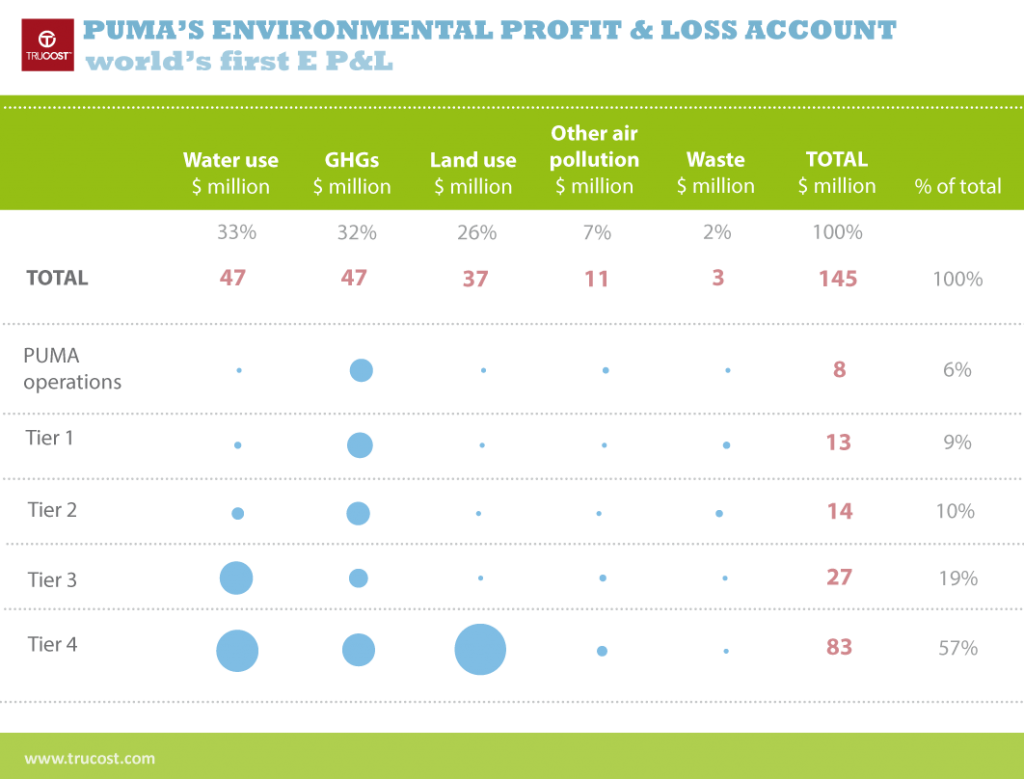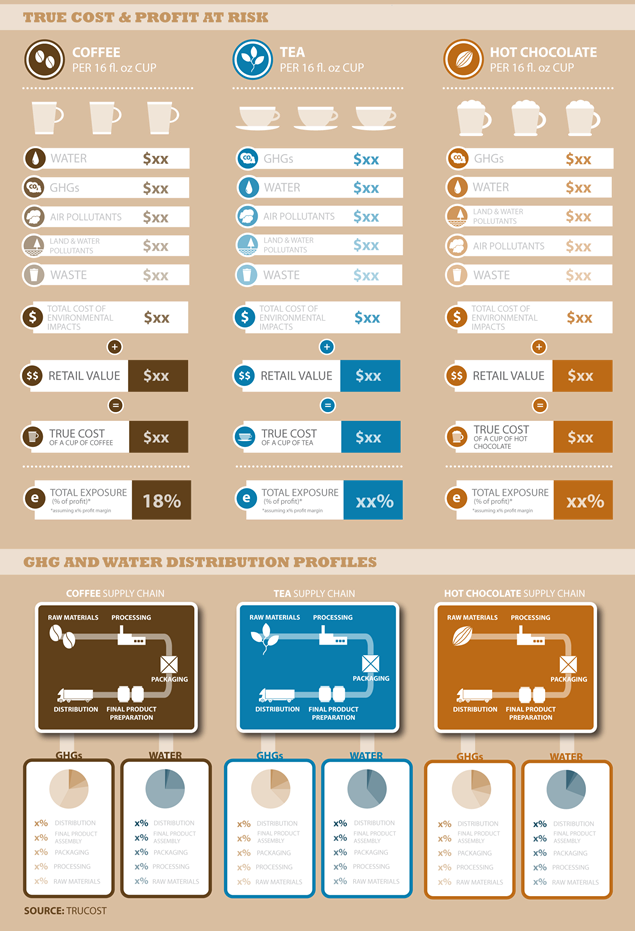Our main services
“ we help you in understanding the value of nature to your business „
We will help you navigate the complex challenges and opportunities presented by the growing pressure of natural resources and the increase in environmental regulations through industry leading data, tools and insight that drive sustainable business.
Our data identifies natural resource inputs-outputs and environmental impacts across company operations, product lifecycles and supply chain tiers providing important focus areas for risk management and optimization.
Our tools such as:
- Life Cycle Assessment (LCA)
- Environmental Profit and Loss Account (EP&L)
- Environmental Impact Assessment Tools
- Investment Portfolio Assessment
- Natural Capital Protocol Support
- Sustainability Strategy and Reporting Support
help you to efficiently measure and manage sustainability metrics and provide transparency to business managers, stakeholders and regulators.
Starting from 6 key environmental indicators (water abstraction, greenhouse gas emissions, air pollution, waste, water/land pollution and land use) our insight enables you to optimize business operations, products and supply chains in line with global resource availability and environmental costs.
Key to our approach is that we not only measure natural resource dependency and environmental impacts in tonnes, cubic meters and hectares, we also apply a price to reflect local resource availability and environment costs providing an overarching metric for risk and opportunity analysis.
The Environmental Profit and Loss Account (EP&L)
An Environmental Profit and Loss Account (EP&L) places a financial value on environmental impacts along the entire value chain of a business to help companies combine sustainability metrics with traditional business management.
Traditional approaches to environmental impact measurement provide a variety of metrics. For land use it is hectares, for carbon and other pollutants it is tonnes and for water it is cubic meters. This makes it difficult to compare the relative contribution of environmental impacts to the overall impact of a company or a product. Valuing environmental impacts in financial terms solves this problem by providing an overarching metric to assess risk and opportunity across operations, products and supply chains.
A proxy for nature’s invoice
Though companies pay fees for services such as water abstraction, energy use, waste disposal and land use, the true costs of these environmental impacts are usually externalized and unaccounted for. An EP&L assesses how much a company would need to pay for the environmental impacts it causes, providing a shadow price for risk and opportunity analysis. Trucost pioneered the valuation of environmental impacts with companies and international organisations. With them, we draw on our environmental economics expertise and factor in a wealth of scientific and peer reviewed literature to derive valuations that complement the business strategies and risk horizons of our clients.
Naturalogic, together with Trucost, can help you to:
- Compare the environmental costs of different raw material inputs, processes, locations, suppliers and product life stages
- Understand opportunities to optimize company operations, supply chains and products in line with global resource availability and environmental cost
- Identify financial risk from natural resource constraints and regulatory frameworks
- Provide transparency of environmental performance to business managers, customers,
investors and stakeholders
What can you expect?

Environmental Impact Assessment Tools
Sustainability metrics are now available through our Environmental Impact Assessment Tools; tools providing enhanced visibility and analysis of the environmental impacts and natural capital costs of your organisation in specific parts of your value chain.
Naturalogic assesses your environmental impacts in traditional sustainability metrics (tonnes of carbon and other pollutants, cubic meters of water and hectares of land use) and also represents these impacts in customizable financial metrics. In this way Naturalogic enables you to manage risk and opportunity from regional supply chain sustainability issues such as carbon taxes, water availability and ecosystem services provided by land.
Environmental Impact Assessment tools are:
- Hot spot analysis: Identifies high impact suppliers and spend categories based on carbon emissions, water dependency, land use, waste disposal and land/air/water pollutants.
- Environmental net benefit analysis: Compares natural capital costs between products and/or services to identify potential reductions in environmental impacts.
- Corporate Ecosystem Service Review: A structured methodology that helps managers proactively develop strategies to manage business risks and opportunities arising from their company’s dependency and impact on ecosystems.
What can you expect?
Investment Portfolio Assessment
We help banks and investors understand the economic consequences of natural capital dependency in order to identify risk and opportunity from growing natural resource pressures and increasing environmental regulation.
Natural capital liabilities such as carbon, water, resource dependency, pollutants and waste are threatening the ability of our natural ecosystems to deliver economic growth. The impact is already being felt through volatile commodity prices linked to extreme weather events and natural resource constraints. Governments are also beginning to ask companies to internalize environmental costs through regulatory frameworks.
We’ll help you navigate the complexities of natural capital investment factors with data, insight and tools that identify liabilities concealed within corporate value chains and help you integrate natural capital considerations in financial products and services.
Our assessments provide a comprehensive understanding of natural capital risk and opportunity at portfolio level or across consolidated holdings – including comparison to appropriate benchmarks to explain the effect of stock selection and sector allocation decisions.
They support you in evaluating unanticipated bias to natural capital risk, highlight engagement issues – and help you meet increasing environmental reporting requirements, including UN PRI, CDP, GHG Protocol, investment mandates and stakeholder reporting.
Natural Capital Protocol Support
The Natural Capital Protocol is a framework designed to help generate trusted, credible, and actionable information for business managers to inform decisions. The Protocol aims to support better decisions by including how we interact with nature, or more specifically natural capital.
There are many existing approaches that businesses will be using to measure and value their impacts and dependencies, inform their decision making and strategy, and engage with stakeholders. The Natural Capital Protocol is complementary to all of these and provides a standardized framework to help include natural capital in decision-making.
We will be happy to organise a workshop with key internal stakeholders to help you understand and apply the protocol to your business.



